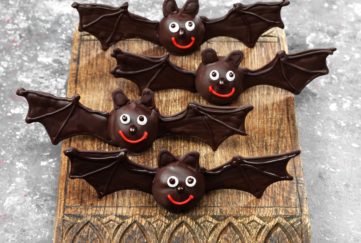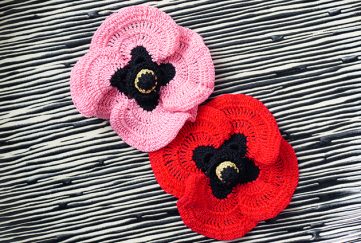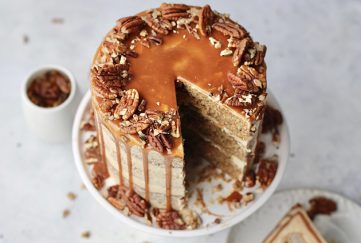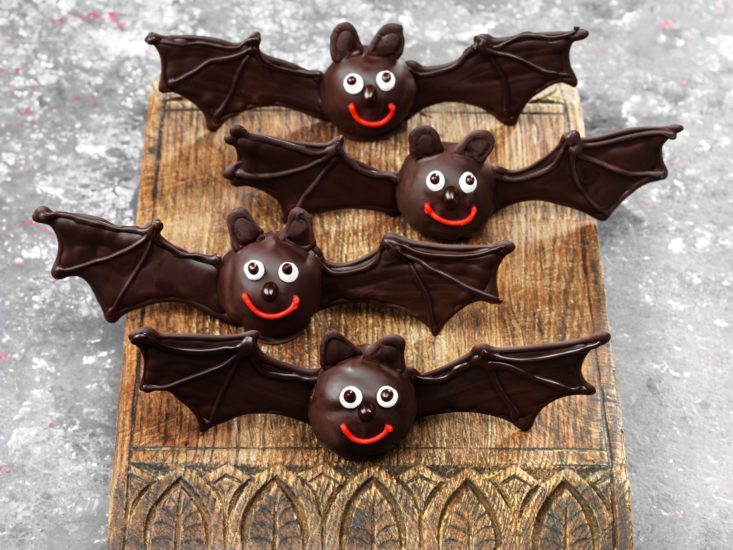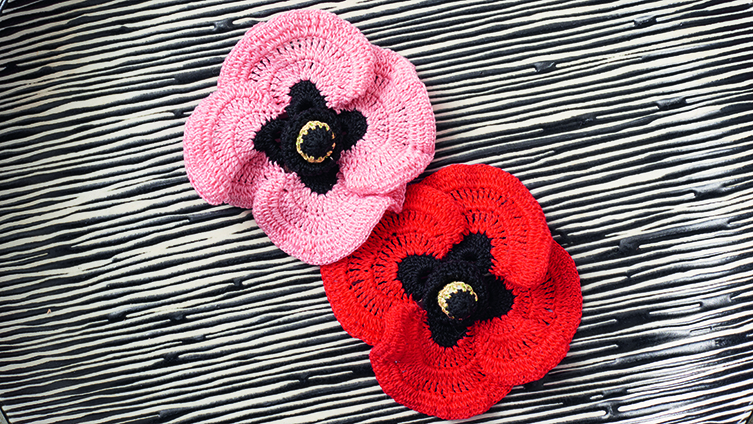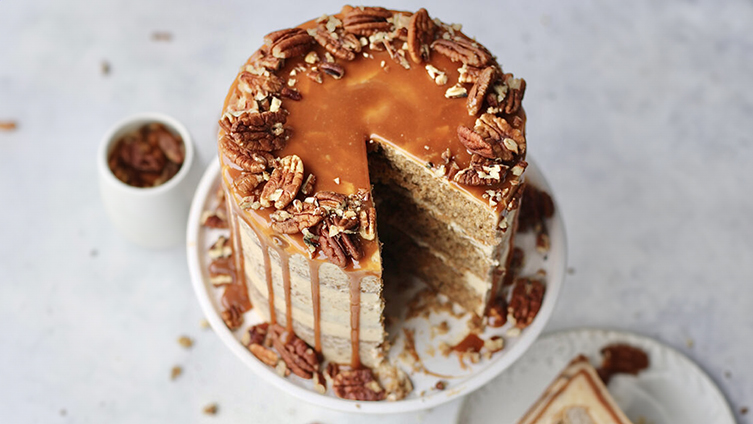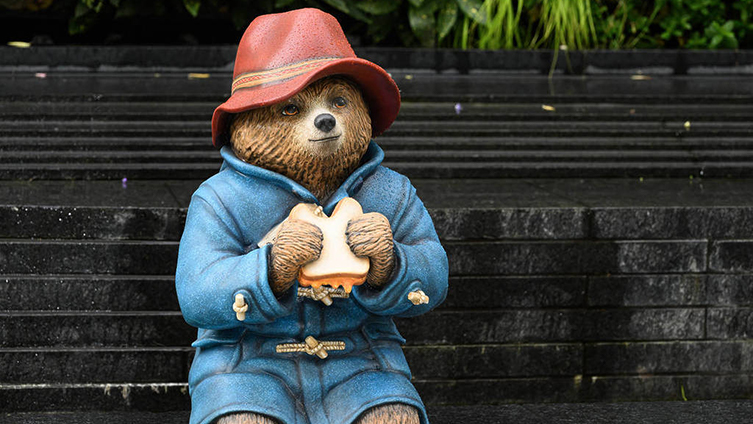To the Tower!
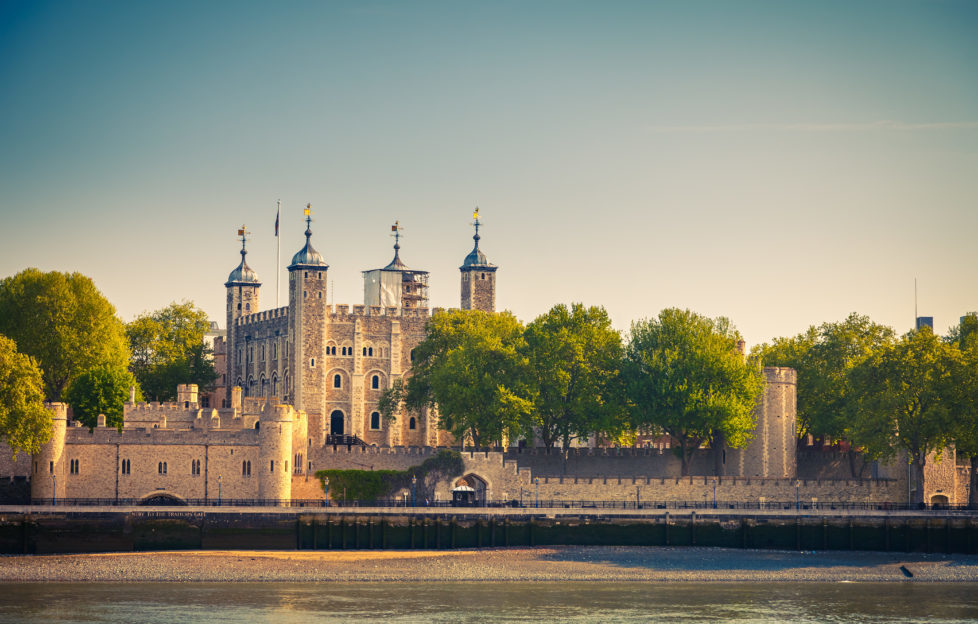
Lucy visits the Tower of London and finds out all about the crown jewels, Henry VIII’s armour, and the legend of the ravens
Did you know that the Tower of London is visited by around three million tourists every year? We travelled there by riverboat, a half-hour journey from Westminster Pier. It’s a great way to spot lots of landmarks, including St Paul’s and The London Eye. From the river, you can also see striking buildings such as The Shard, and 30 St Mary Axe, better known as The Gherkin!
In days gone by, prisoners made their way to the Tower by barge, often passing the heads of recently-executed prisoners on spikes as they made their way from London Bridge to Traitors’ Gate.
The Yeomen Warders
The Warders were originally part of the Yeoman of the Guard, the monarch’s personal bodyguards. Their nickname of ‘Beefeaters’ arose as they were allowed as much meat as they could eat from the king’s table. King Henry VIII decided the Tower was worthy of their protection, and today 37 Yeomen Warders guard the tower.
As a ‘thank you’ for appearing on the Beefeater Gin bottle, each Warder is sent a bottle of gin on their birthday!
We joined one of their free, daily tours to learn more about this fascinating, iconic landmark.
The White Tower
Now a UNESCO World Heritage Site, the Tower has been a Royal Palace, the Royal Mint, a prison, an armoury – and a zoo! Building on the Tower began around 1070, after William the Conqueror became King. Wary of rebellion, he built his fortress palace as a way to defend his power and dominate both the skyline and the defeated Londoners. As most buildings then would have been single storey, it would have been an intimidating sight.
Seeing the armour actually worn by Henry VIII was absolutely amazing! And we were so lucky to catch an open-air play on the last days of Anne Boleyn.
The first London Zoo
From the 1200s until 1835, the Tower housed a menagerie of wild animals, including lions, elephants, and a polar bear. In 1235 King Henry III was given three leopards (which may have actually been lions) and his crest featured them – rather like the three lions which appear today on the England strip! London Zoo was founded with 150 animals from the Tower Menagerie. Today, wire sculptures remind visitors of the original animals who once lived here.
The Legend of the Ravens
Legend says that if the six resident ravens should leave, the Tower – and the Kingdom – will fall. So today, seven ravens live permanently in the Tower. Six plus a spare!
The Royal Mint
Coins weren’t just legal tender; they were also the only way for ordinary people to know what their monarch looked like! Until 1810, coins were made at the Tower, in an area that became known as Mint Street. It was dirty, dangerous work – the air was full of poisonous fumes, and losing an eye or a finger was common.
Tampering with the coins was treason; if you were caught, punishment on conviction was the loss of your right hand. Further convictions meant a much more gruesome punishment for men – too ghastly to detail in the Friend! Women convicted of forgery could be burnt at the stake, or shipped off on a convict ship.
The Crown Jewels
Over 30 million people have visited the Jewel House, making the crown jewels possibly the most-visited objects in the UK, and perhaps the world. It’s a unique, working collection – many items are still used by the Queen for important ceremonies, such as the State Opening of Parliament. Signifying the monarch’s authority to lead and protect the nation, many of the objects were used for Elizabeth’s coronation in 1953.
The coronation regalia is designed to symbolise power and the passing of authority from one monarch to another. Intent on removing all symbols of the monarchy, the Parliamentarians melted down the originals at the Tower in 1649, but the crown jewels used since the coronation of Charles II in 1661 are here.
The mystery of the Princes in the Tower
When Edward IV died unexpectedly after a short illness in 1483, he left two sons, Edward and Richard, aged 9 and 12. Young Edward was lodged in the Tower prior to his coronation, as was tradition, and left in the care of his uncle, Richard, Duke of Gloucester. After being joined by his brother, the boys were seen playing occasionally …until gradually disappearing from sight altogether, and Richard took the throne.
In 1674, two small skeletons were unearthed, which on examination in 1933 were revealed to be those of two boys of similar ages. Charles II had the bones buried in Westminster Abbey, where they remain resting today.
The Chapel Royal of St Peter ad Vincula
Meaning ‘St Peter in Chains’, this is the parish church of the Tower. Among those buried here are three queens of England: Anne Boleyn, Catherine Howard, and Lady Jane Grey, as well as Henry’s erstwhile Chief Minister, Thomas Cromwell; Thomas More, his former Lord High Chancellor; and George Boleyn, brother of Anne.
www.hrp.org.uk/tower-of-london
